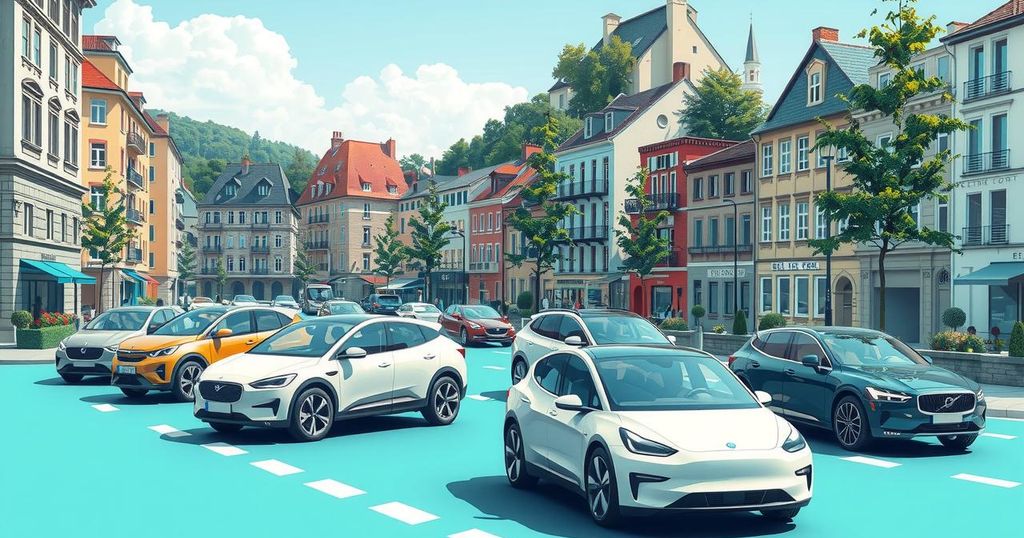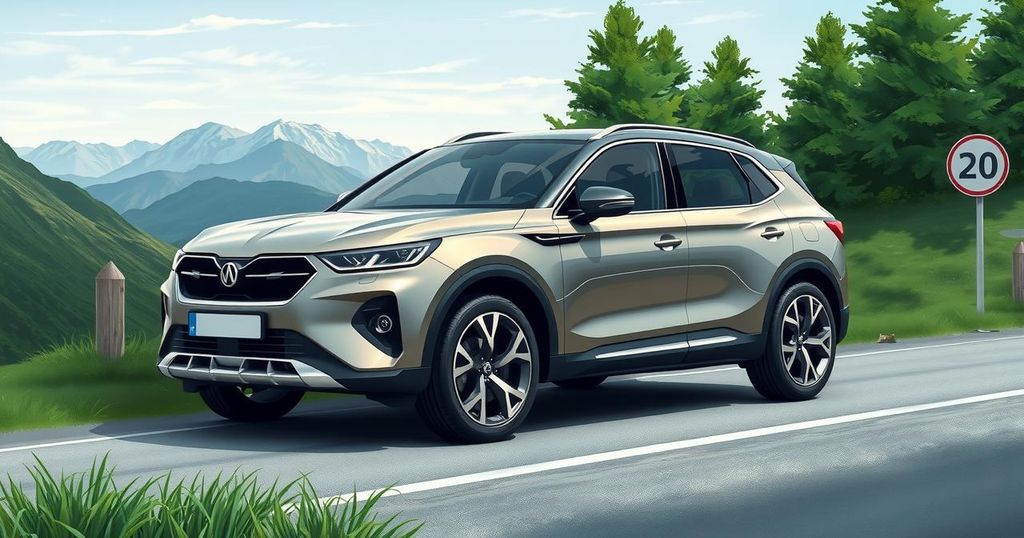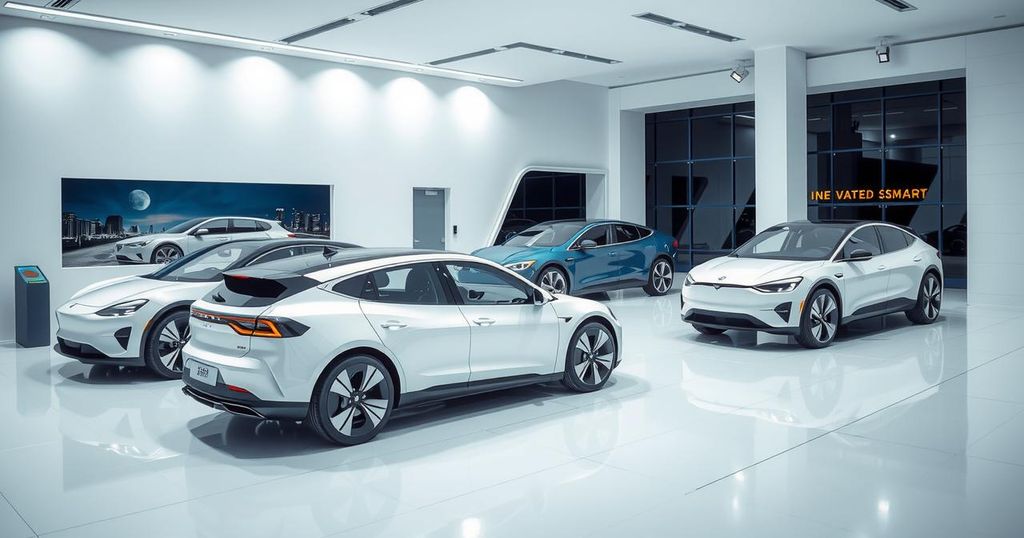BYD Surpasses Tesla in European EV Registrations, Signals Growth of Chinese NEVs
In April 2025, BYD surpassed Tesla in electric vehicle registrations in Europe, marking a major milestone for Chinese NEV makers. Chinese electric vehicle registrations increased by 59% year-on-year, while Tesla’s fell by 49%. This growth is accompanied by aggressive global expansion efforts, including entry into new markets and major investments in overseas factories, indicating a flourishing future for Chinese manufacturers in international automotive markets.
In a noteworthy development in the automotive industry, Chinese electric vehicle manufacturer BYD has outperformed Tesla in the European market for pure electric vehicle registrations in April 2025. Reports from Jato Dynamics indicate that BYD saw an impressive 169% rise in registrations year-on-year, while Tesla experienced a significant decline of 49%. This shift marks a symbolic moment for Chinese new energy vehicle (NEV) makers, showcasing their growing influence in Europe’s auto market.
Despite BYD’s overall rank being tenth in the European registration statistics, the fact that it has overtaken Tesla was received positively by foreign media. Tesla, the once undoubted leader of the electric vehicle sector in Europe, has had more than a decade’s head start in establishing its presence. Chinese car manufacturers, however, have progressively gained ground and are now regarded as a serious competitor.
China has developed a comprehensive industrial ecosystem over the last decade. This includes vehicle manufacturing, battery research and development, as well as intelligent driving systems. Even with the high tariffs imposed by the European Union, Chinese manufacturers have utilized their cost advantages and rapid product development to make inroads into mainstream markets. Jato Dynamics has reported that, despite these tariffs, the registrations of electric vehicles from Chinese automakers increased by 59% in April, totaling nearly 15,300 units. This growth outstrips the 26% increase seen from European, Japanese, Korean, and American brands.
Additionally, data from the China Association of Automobile Manufacturers reveals that for the first time in history, automobile production and sales in China surpassed 10 million units in the first four months of 2025. Included in this figure are 642,000 NEVs exported, reflecting a significant year-on-year increase of 52.6%.
The expansion efforts of Chinese car brands on a global scale have ramped up in 2025. In their latest moves, BYD has ventured into the Swiss market, Xpeng has launched operations in Bahrain, and IM Motors has introduced vehicles in Australia. Companies such as Chery and SAIC are also taking proactive measures by creating their own ocean freight fleets, thereby regaining control over their maritime logistics.
Concurrently, progress in establishing industrial chains overseas is moving forward. For instance, battery manufacturer Contemporary Amperex Technology Co. Limited (CATL) has revealed plans for a $1.2 billion investment to build a battery plant in Indonesia. Meanwhile, BYD is gearing up to begin production at its inaugural European plant in Hungary, and Great Wall Motors is accelerating construction of a localized digital auto assembly facility in Brazil.
As overseas manufacturing plants come online, capacity in shipping improves, and global trade relations begin to stabilize, the outlook for Chinese auto exports is bright. Industry analysts believe this trend will continue, presenting even greater opportunities for these companies as they grow and evolve on the international stage.
In summary, BYD’s recent success in surpassing Tesla in electric vehicle registrations marks a significant turning point for Chinese manufacturers in the European market. With notable increases in production, exports, and ongoing global expansion initiatives, Chinese car brands appear set to solidify their presence abroad. Investments in overseas production and logistics infrastructure further enhance their competitive edge, suggesting an optimistic trajectory for the future of Chinese NEVs in the international automobile industry.
Original Source: www.ecns.cn




Post Comment